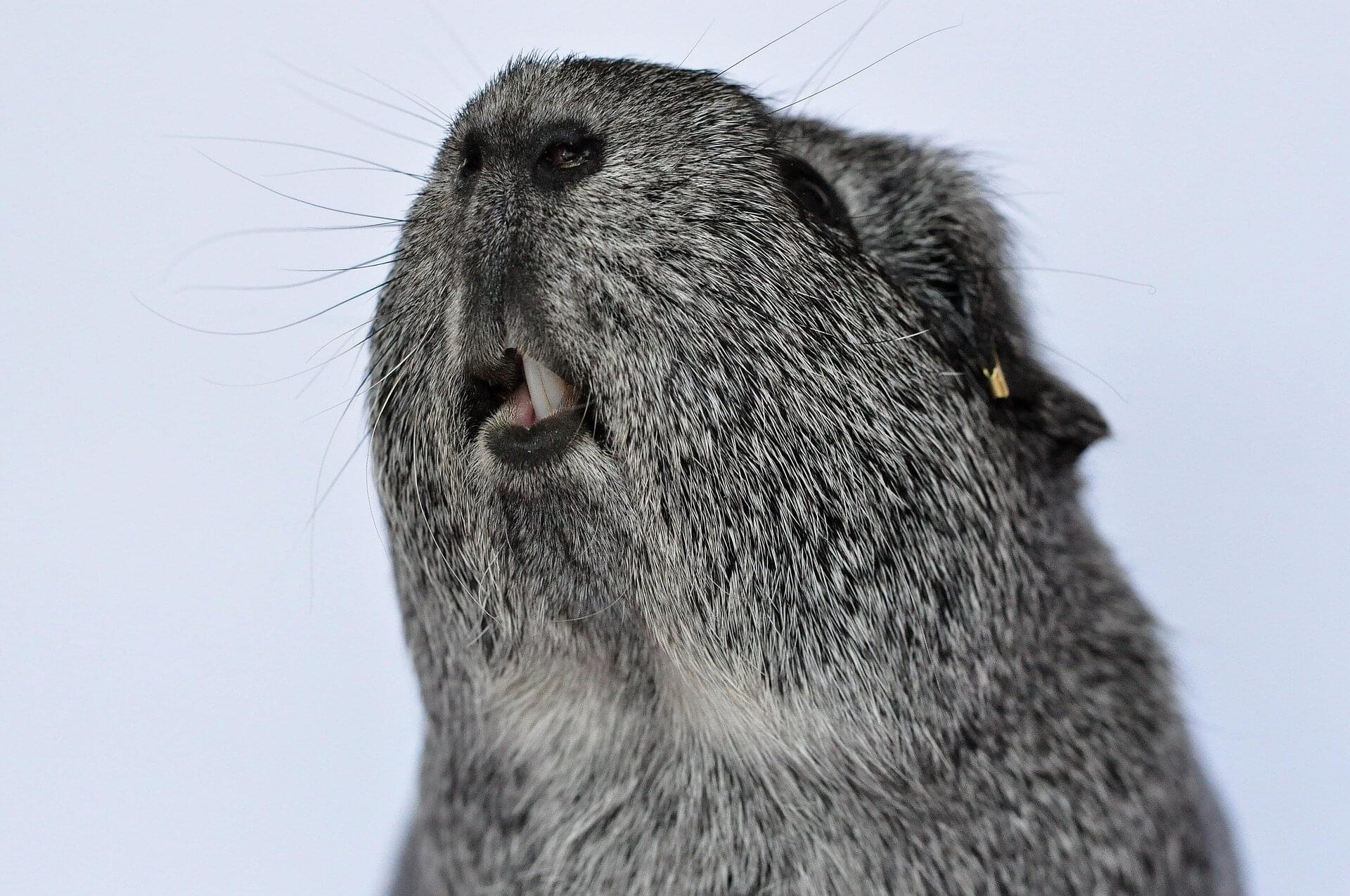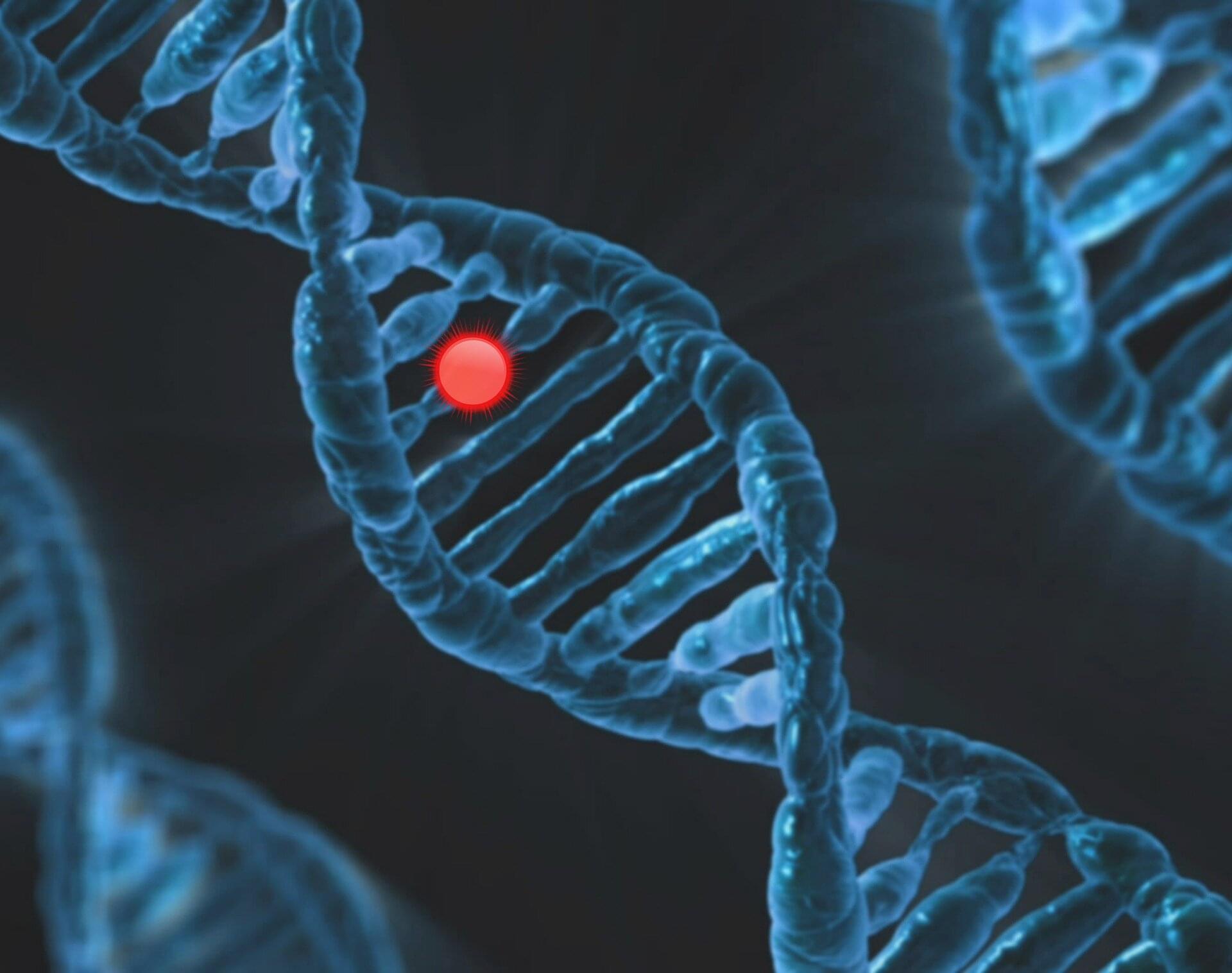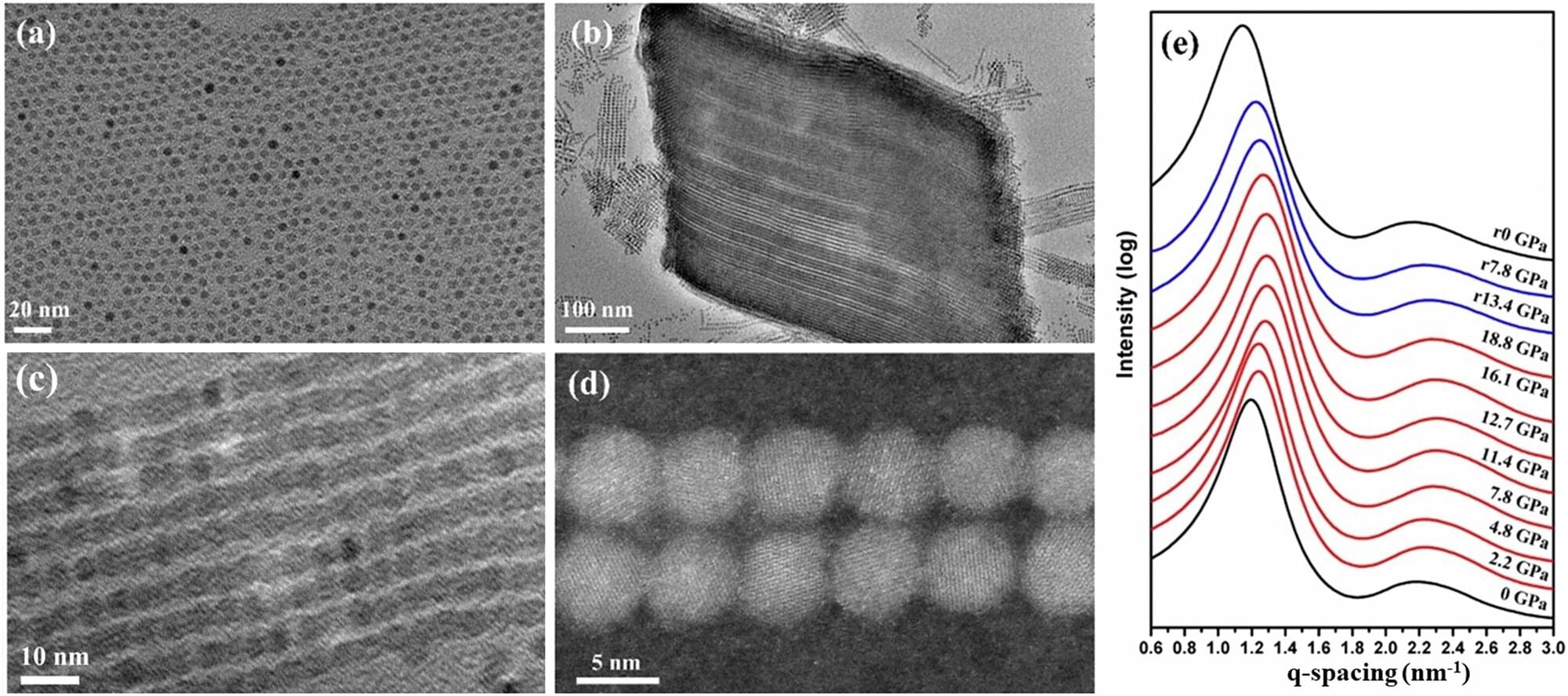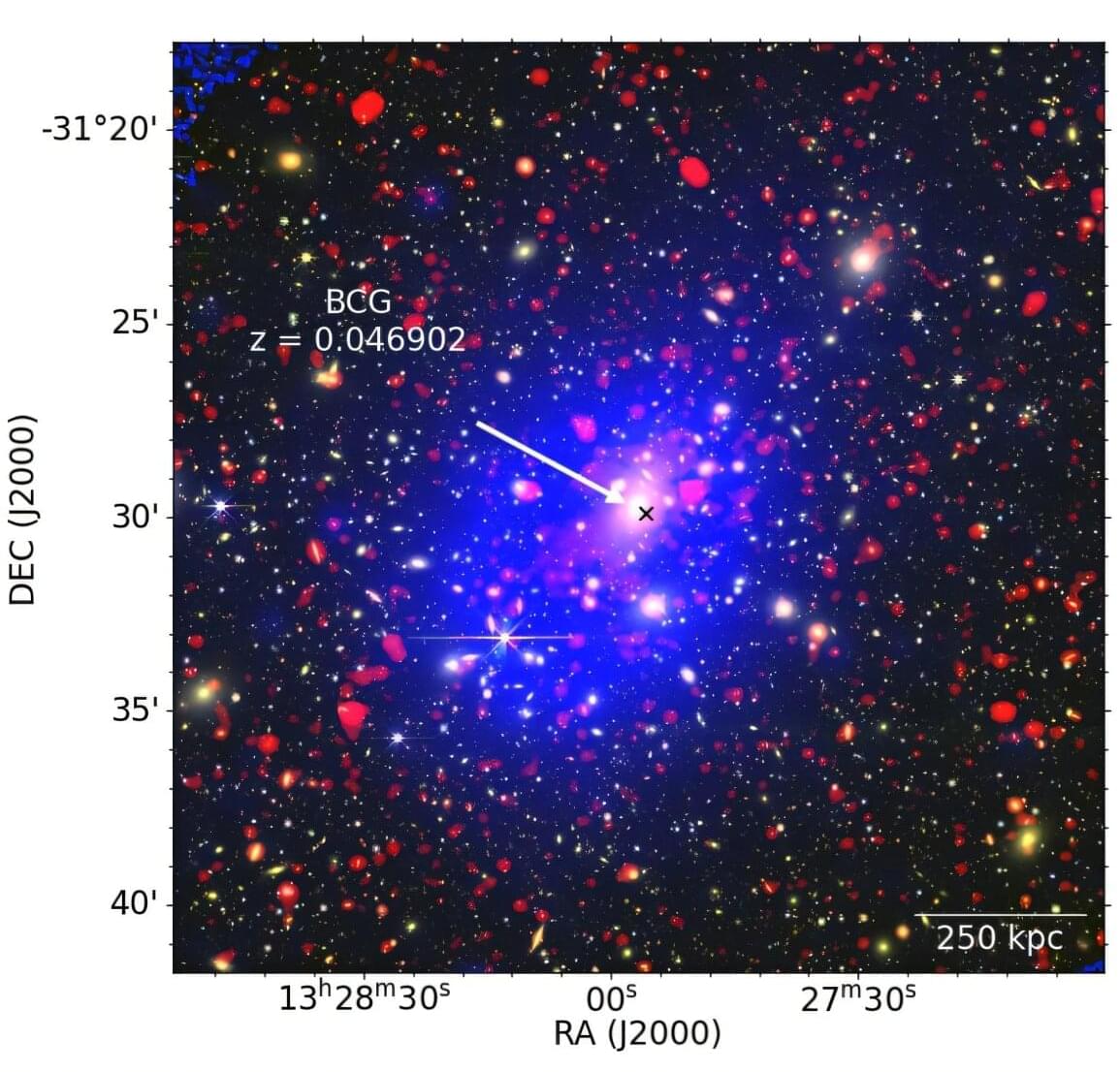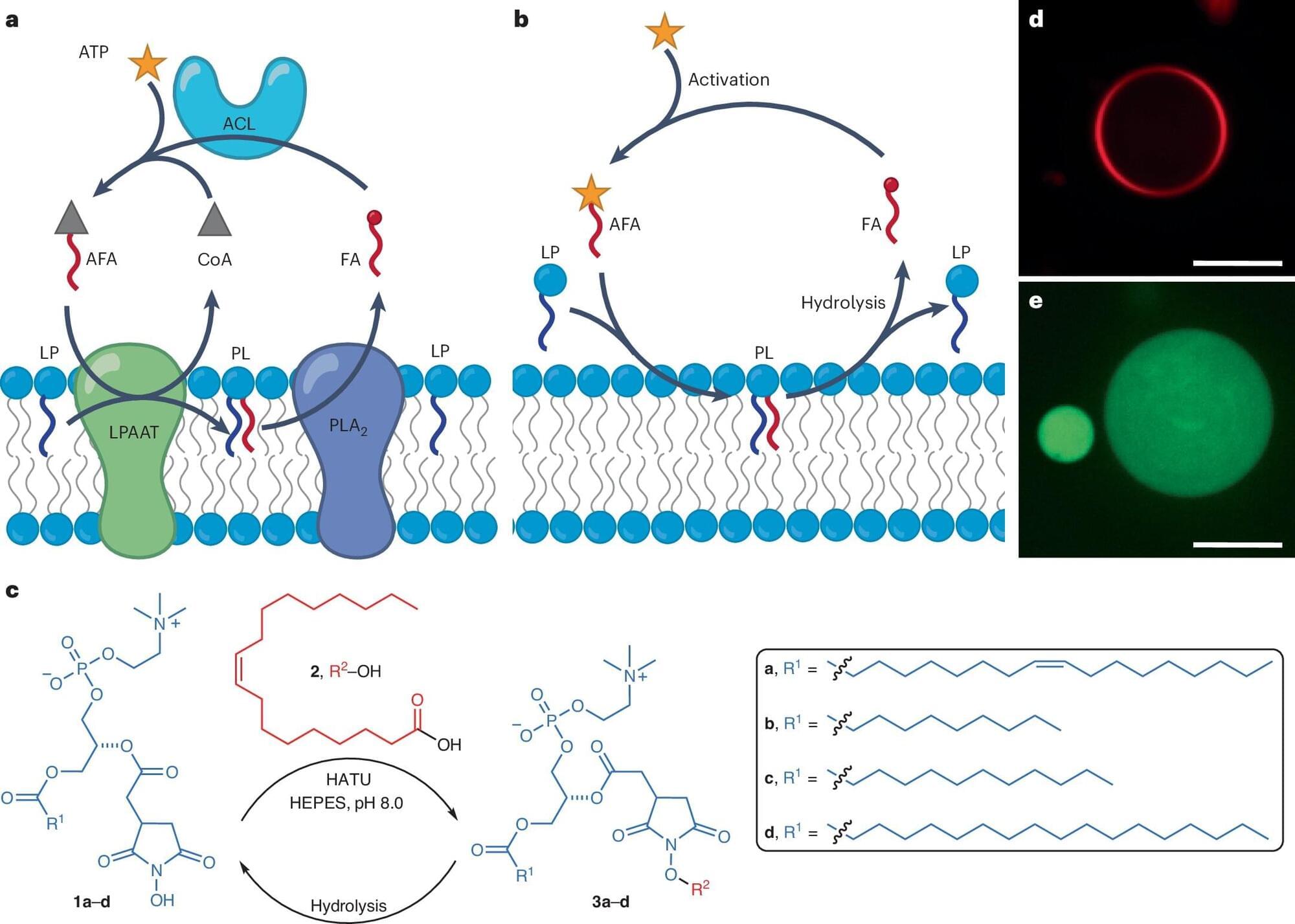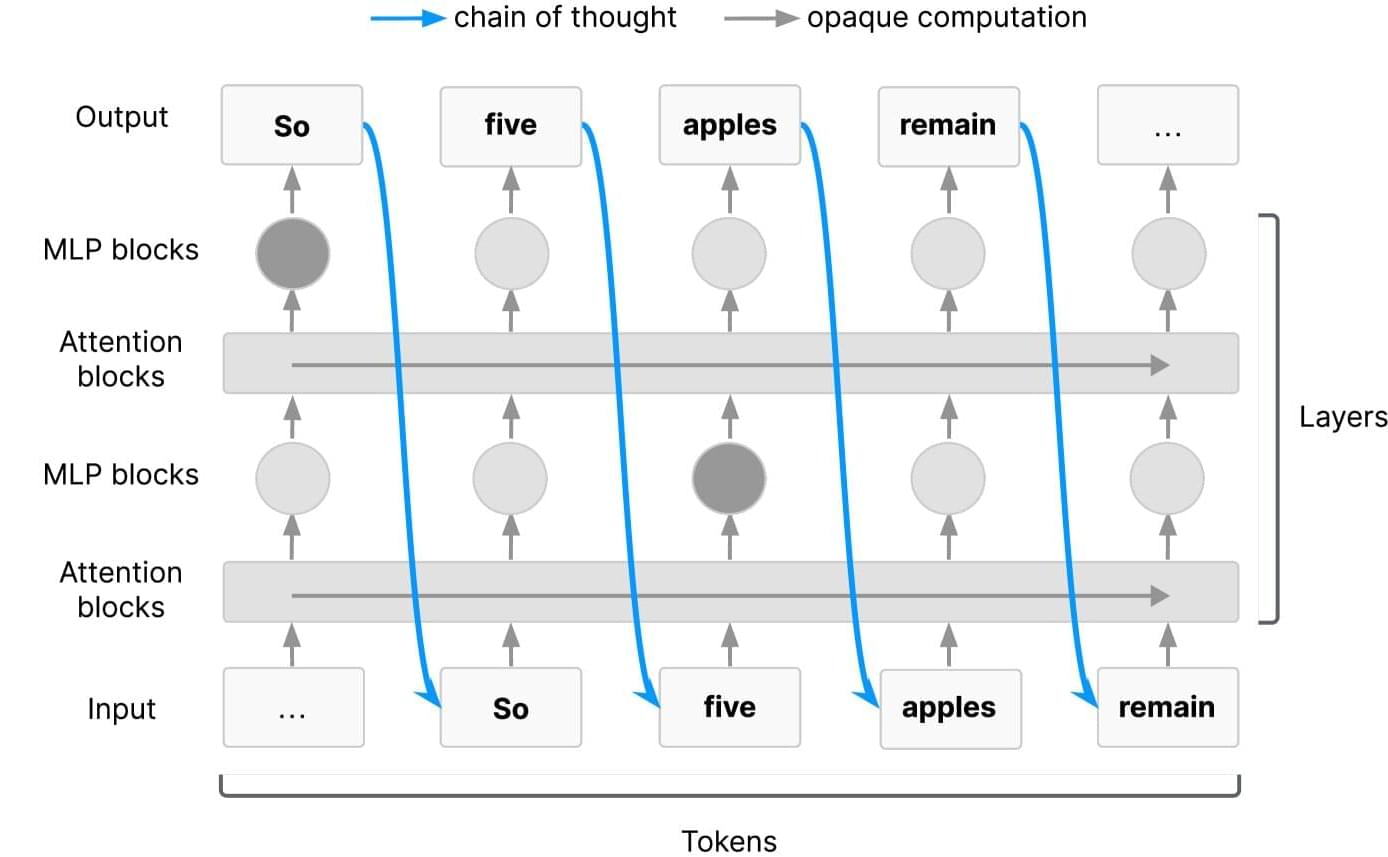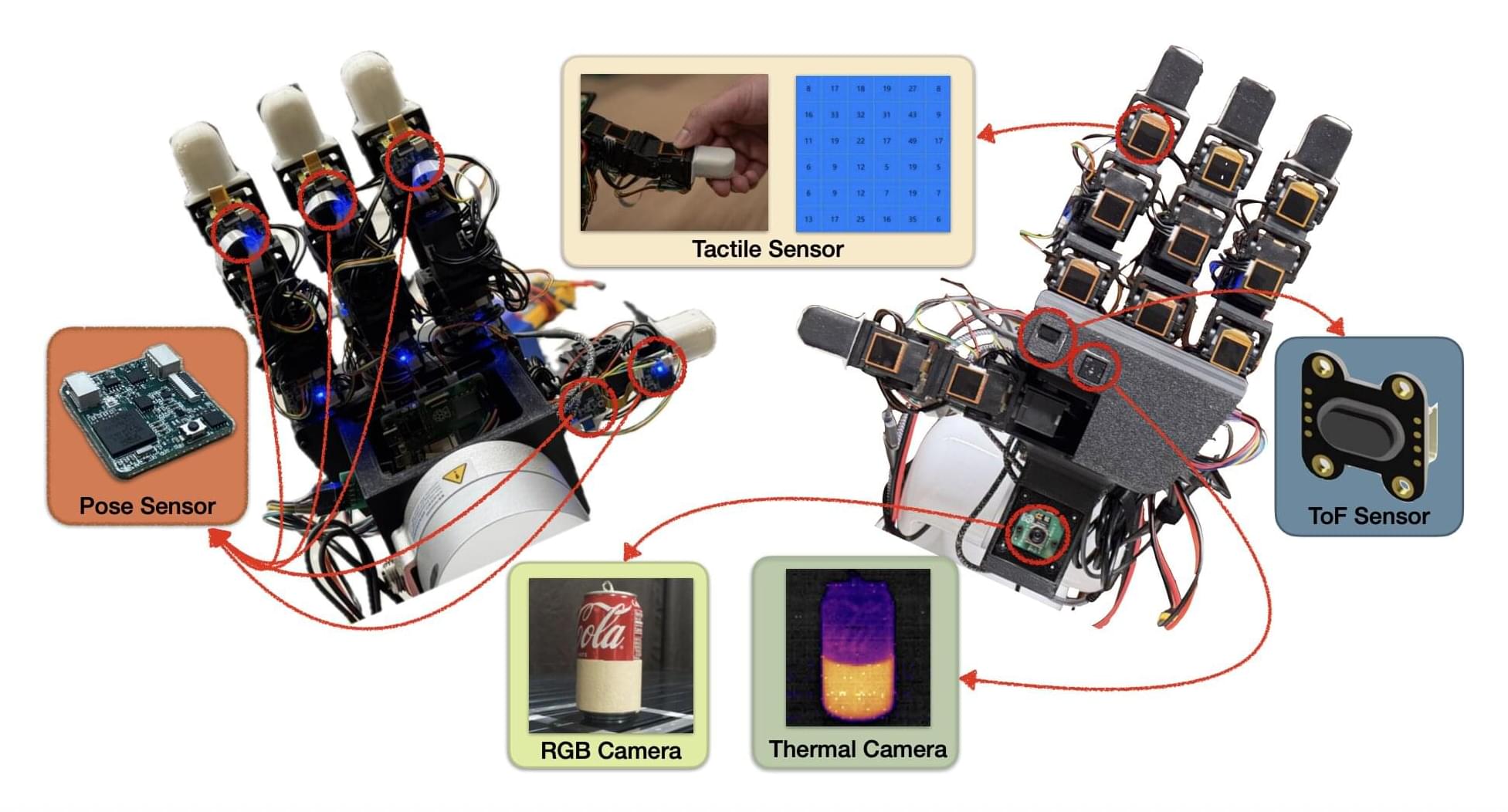Teeth may seem like static fixtures, but a new collaboration between engineers and clinicians is proving just how dynamic, informative and medically significant our teeth can be.
In a study, published in ACS Applied Materials & Interfaces, engineers and dentists come together to uncover how teeth, as biological material, hold key information for understanding rare craniofacial disorders that develop during childhood.
Kyle Vining, Assistant Professor in Materials Science and Engineering (MSE) and in Preventive and Restorative Science at Penn Dental Medicine, leads this interdisciplinary team, which includes Yuchen (Tracy) Jiang, a former master’s student in MSE, Kei Katsura, a pediatric dentist and KL2 postdoctoral research scholar at Children’s Hospital of Philadelphia (CHOP) and the Institute of Translational Medicine and Therapeutics at Penn, and Elizabeth Bhoj, Assistant Professor of Pediatrics in Penn Medicine and the Division of Human Genetics at CHOP.
